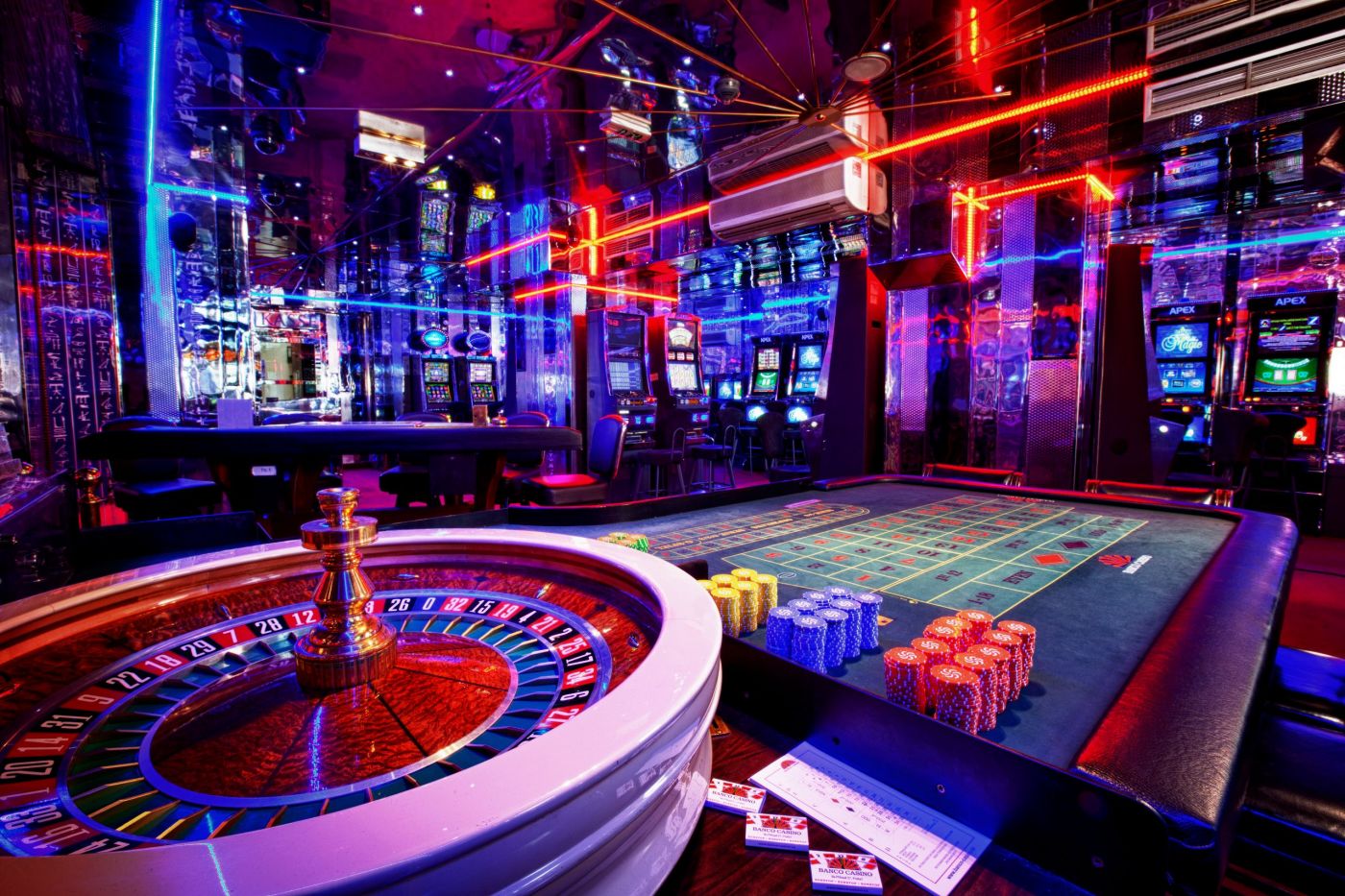
Casino games have long captivated human interest, drawing gamblers into a world filled with fortune, planning, and the allure of excitement. Each game is carefully crafted not just for fun, but also to evoke particular emotional responses that keep gamblers immersed and invested. Understanding the motivations behind these designs reveals much about how human psychology plays a vital role in the gaming experience.
From the dazzling lights and vibrant sounds to the complex layering of rules and payoffs, casino games are designed to create an atmosphere of excitement and eagerness. Game designers leverage psychological principles to influence player behavior, whether through the use of winning opportunities, near-miss scenarios, or social interactivity. By examining these elements, we can better appreciate how casino games fulfill not just a desire for entertainment, but deeper psychological needs for excitement and risk.
Understanding Gamer Behavior
Casino games are designed with a thorough grasp of player psyche, which is crucial for luring and retaining players. The excitement of the game, alongside the anticipation of winning, creates a strong draw. Game designers make use of elements like sonic elements, colorful graphics, and captivating gameplay to seize attention and generate emotional responses. These sensory effects enhance the total environment, making players feel more invested in the game.
Another significant aspect of player behavior is the concept of risk/reward dynamics. Casino games often manage high-stakes situations with the potential for substantial rewards, which can result in the phenomenon known as near-miss phenomenon. When players come near to winning, the brain produces dopamine, reinforcing their behavior and encouraging them to persist playing in search of that hard-to-reach win. This cycle of wish and disappointment plays a crucial role in how games are designed and promoted.
Lastly, community aspects also play a pivotal role in player behavior at casinos. Many games are designed to be played in teams or alongside other players, nurturing a sense of belonging and communal experience. The interaction inherent in games like baccarat enhances enjoyment and can culminate in extended gameplay. Designers leverage on this by creating environments that invite players to linger, connect, and return, making the overall casino experience more attractive.
The Role of Imagery and Sound
Visuals and sound play a crucial role in enhancing the player’s experience within casino games. Designers utilize bold colors, eye-catching graphics, and captivating animations to grab players’ attention and sustain their focus. The use of motifs, such as adventure or luxury, helps create an enthralling atmosphere that transports players into another world. By appealing to the senses, these elements contribute to a heightened emotional response, encouraging players to engage more deeply with the games.
Sound design is just as important in reinforcing the overall experience of casino games. The mix of ambient music, audio effects for winning combinations, and environmental noises creates an auditory landscape that keeps players fascinated. Audio cues associated with victories, such as ringing bells or festive music, evoke feelings of excitement and satisfaction, prompting players to continue playing. These sound cues are strategically placed to enhance the excitement of the game and create a more immersive experience.
Moreover, the alignment of imagery and sound is important for reinforcing the game’s overall concept and mood. Each element should align harmoniously to create a cohesive experience that draws players in. The effective use of this integration not only enhances user satisfaction but also boosts the chances of repeat play, as players become more invested in the immersive world that the casino games offer. This thoughtful combination of visuals and audio ultimately enhances player engagement and loyalty.
Incentive Structures and Engagement
The design of gambling games heavily relies on incentive structures to ensure participants involved and returning for additional experiences. These systems are rooted in behavioral principles that exploit human behavior and desire. Participants are often driven by the excitement of success, which is supported by instant responses through the game structure’s design. This instant gratification not only improves the overall experience but also fosters a feeling of achievement, prompting players to keep playing in hopes of bigger rewards.
Casinos implement various incentive systems, such as large payouts, extra rewards, and multipliers, to captivate players. These elements create a layer of thrill that sustains interest. Additionally, the unpredictability of results plays a significant role in keeping attention. The intermittent reinforcement schedule, where wins are unpredictable but happen often enough, keeps players on edge and motivated to continue participating. This loop of anticipation and expectation is essential to the effectiveness of gambling experiences. jilievo
Moreover, community aspects, such as competitive events and collaborative options, boost the participation factor by leveraging the competitive nature of participants. The communal aspect of playing with fellow participants can amplify the excitement of winning and create a sense of community within the gaming space. By integrating these social dynamics with effective incentive structures, casino games don’t just offer fun but also nurture a deeper bond among players, solidifying their commitment to the gaming experience.